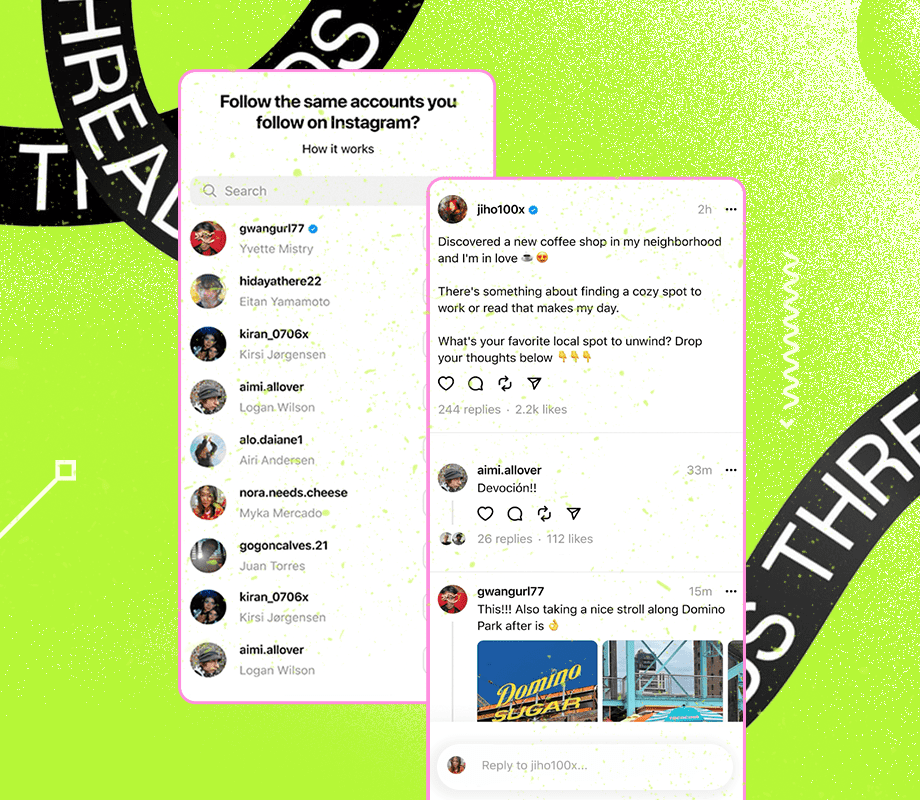OnePlus has just launched the OnePlus 15 in China, and it looks like an impressive Android flagship phone at first glance. There’s a powerful Snapdragon 8 Elite Gen 5 chipset, a 7,300mAh battery with blazing-fast charging options, and a 165Hz refresh rate.
It’s all very impressive, but I’ve come to a conclusion about the phone following its unveiling. No matter how OnePlus dressed up the OnePlus 15, I’m not buying the company’s excuses for some notable downgrades.
OnePlus 15: Hot or not?
761 votes
How to market the downgraded OnePlus 15?
OnePlus has positioned the OnePlus 15 as a performance-first flagship phone. This is evident on the official product page (see the screenshot above), which features the tagline of “Ultra flagship performance.”
It’s all well and good that the OnePlus 15 apparently delivers a top-notch gaming experience. After all, we’ve come across quite a few overheating flagship phones in 2025. But a closer inspection of the OnePlus 15 suggests that this focus came at the expense of a few cutbacks compared to the OnePlus 13. And nowhere is this more apparent than when you look at the phone’s cameras.

OnePlus claimed that this would be the best OnePlus camera to date, but signs suggest that the camera hardware is a big step back. The OnePlus 13 product page specifically mentioned the LYT-808 main camera as well as sensor size details for both the main and periscope cameras. By contrast, this info was missing from the OnePlus 15 launch event and the actual product page (check out the gallery below).
It turns out that the OnePlus 15 indeed has smaller rear camera sensors across the board compared to the OnePlus 13. According to a OnePlus 15 teardown by reviewer WekiHome, the phone has a smaller main camera and ultrawide camera. However, the telephoto camera has seen a significant decrease in sensor size, going from a 1/1.95-inch sensor to 1/2.75-inch.
We also know that the OnePlus 15’s periscope camera has a longer reach but a narrower aperture, while the main camera has a slightly narrower aperture (f/1.8 versus f/1.6 on the OnePlus 13). Taken together with the smaller sensors, it’s clear that the camera hardware has seen major downgrades.
| OnePlus 15 | OnePlus 13 | |
|---|---|---|
|
Front camera |
OnePlus 15
32MP Sony IMX709 |
OnePlus 13
32MP Sony IMX615 |
|
Rear camera: Primary |
OnePlus 15
50MP Sony IMX906 |
OnePlus 13
50MP Sony LYT808 |
|
Rear camera: Ultrawide |
OnePlus 15
50MP OmniVision OV50D |
OnePlus 13
50MP Samsung S5KJN5 |
|
Rear camera: Periscope Zoom
|
OnePlus 15
50MP Samsung S5KJN5 |
OnePlus 13
50MP Sony IMX882 |
The decision to downgrade the camera hardware would be especially disappointing in the wake of the OnePlus 13’s release. We praised the device earlier this year as one of the best camera phones on the market. That’s an incredibly rare achievement for the company. So why make these changes when you’re not just on the right track, but finally delivering a world-class camera experience?
The OnePlus 15 also lacks Hasselblad branding following the expiration of that deal. Camera brand partnerships aren’t necessary to make great cameras, and some partnerships are more fondly remembered than others. Nevertheless, this doesn’t inspire faith in the OnePlus 15 cameras, especially when OPPO’s Find X9 phones still offer Hasselblad branding.
These apparent downgrades and changes mean OnePlus has to rely more heavily on the new silicon and improved image processing to offer better photos. Yes, it’s still possible that the OnePlus 15 will offer better image quality than the old phone. But imagine what could’ve been had the OnePlus 15 simply retained the OnePlus 13’s camera hardware, or even upgraded it.
The OnePlus 15 screen conundrum doesn’t help

Another contentious decision was ditching the OnePlus 13’s QHD+ 120Hz screen in favor of a 1.5K screen running at 165Hz. To be fair to the company, OnePlus China president Li Jie Louis asserted that this screen was more expensive than the OnePlus 13’s panel. Furthermore, he added that it’s not technically possible to offer a QHD+ screen at 165Hz.
The executive went so far as to claim that the OnePlus 15 display delivered “unprecedented” smoothness and was “the future of (the) mobile phone screen experience.” It might eventually be the future of smartphone screens, and ASUS phones have earned praise for their 165Hz high refresh rate screens. But until we get our hands on the OnePlus 15, I feel like there’s a real risk OnePlus might be overstating this feature for most consumers. It also comes as stablemate realme’s GT8 Pro ships with a QHD+ 144Hz screen, and this feels like a much better middle ground. Then again, a recent poll found that many people would be okay with the downgraded resolution.
A phone with fantastic performance, a slick refresh rate, and a huge battery is a great thing. However, OnePlus is sacrificing the camera experience for diminishing returns, and this seems like a misstep. After all, the OnePlus 13 already offered a winning formula of great performance, long battery life, a fantastic screen, and wonderful cameras. So why mess with greatness?
Well, I’d argue that the company’s performance-focused marketing is a smokescreen to justify lower production costs and/or a higher profit margin. After all, brands like OPPO show that you don’t have to choose between great performance and top-notch cameras. I can only hope that these downgrades result in a lower price for the OnePlus 15 in global markets, but I’m not holding my breath. Either way, this feels like a throwback to the OnePlus of yore, and not in a good way.
Thank you for being part of our community. Read our Comment Policy before posting.












